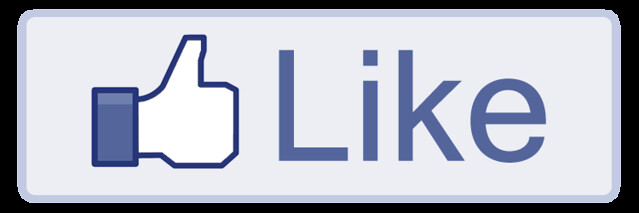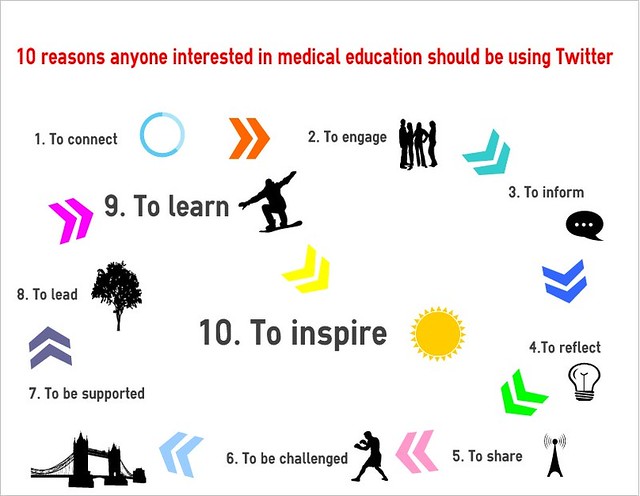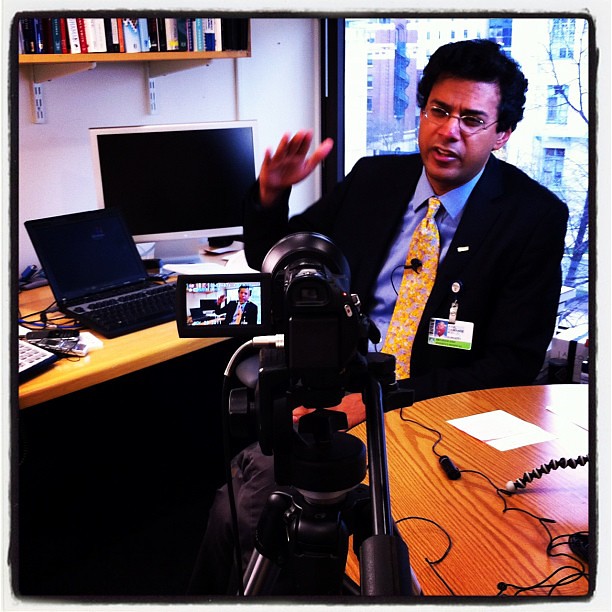
Facebook like button by Sean McEntee
At #amee2012 last week Facebook was talked about a lot. It came up in the excellent social media workshop that was lead by students and in several posters and short communications. Search this 500+ page book of abstracts to see how often!
But as might be expected there was not agreement on whether Facebook should have any place in medical education. Whilst there were reports of it being used to support student learning in informal and formal ways Imperial College, London, other students and faculty argued that Facebook is a social space and not a learning space. In the past any mention of Facebook at a medical education conference usually concerned being unprofessional, so the fact that people were starting to consider the possibility that it might be educational platform was very interesting in itself.
It was also suggested (including by me) that we might have responsibility to provide safe spaces for students and faculty to model and develop digital professionalism. Quite a few of the issues I heard discussed were raised in the comments of two blog posts I had written last April.
This post is also a follw-up to a discussion on our LinkedIn group 6 months ago. It was started by Bernadette John asking if any medical schools were looking into developing and supporting social platforms for students. King's had just started a project with Elgg but was also thinking about Mahara. Why would a medical school want to do this? Some suggested that the VLE should support social learning interactions. But they don't. Blackboard does not feel social, certainly not social like Facebook.
Today a colleague told me that the University of Wales, Newport (who don't have a medical school) had started using NING , a 'social community tool', in 2008 to support first year students. How might we use something like NING in a medical school? What value would it have? My thoughts are that it would be useful to have a space where students and staff could get to know each other in a semi-formal way. Most of the NHS staff who our students meet do not have profiles on the university site, but it might be useful for students to know some more about what their special interests are clinically, and in research. And vice versa, it would be excellent if teachers could know more about the students they meet on placements.
But later I found out that Newport had stopped using the NING. It was only used by students in the first few weeks of the course to make contacts with each other before they migrated to their own Facebook groups. And if you can't beat 'em, join 'em!! This year Newport is setting up a Facebook page for students to like and post to throughout their university careers.I imagine that even if activity does tail off over the next few months this might still be quite a good channel for the university to communicate with students through.
So can any social platform compete with Facebook? Is there any merit in trying to encourage students to use another 'social learning' platform? A separate platform would mean that students are at less risk of being accused of digital unprofessionalism because they minimise their contact with faculty there *although I would rather see a re-calibration of what is considered unprofessional in the first place- if my ears did not deceive me I think I even heard a medical student volunteer that they were urged not to like a One Direction page on Facebook for fear that it may be seen as unprofessional*.
A separate platform would also mean that faculty with Facebook antibodies could avoid it. Other faculty might be just as concerned as students about mixing personal and professional presences online. There was some talk of dual profiles at AMEE but that is against Facebook terms and conditions. Facebook would rather see professionals create 'pages' to project their work-relate personae.
So some questions. Would students or staff see value in a social platform? For more ideas on how that might work see this post on location and learning. If yes, could that platform ever be Facebook?
(Edit: Here's an interesting post by Donald Clark in January, "7 reasons why Facebook is front runner in social media learning"




